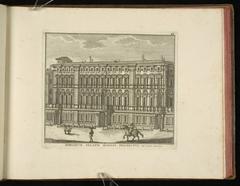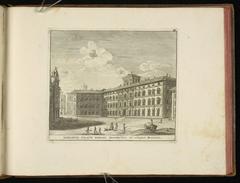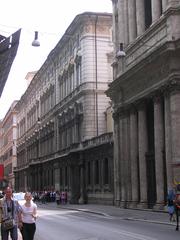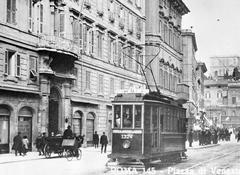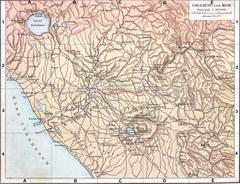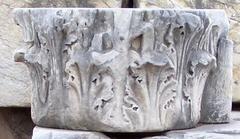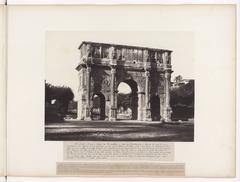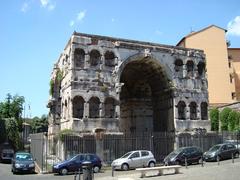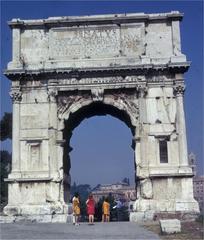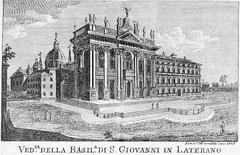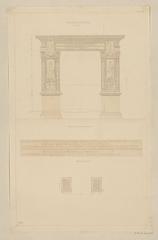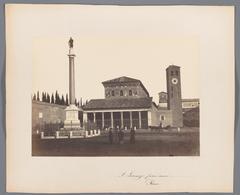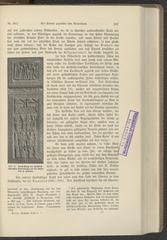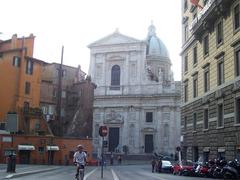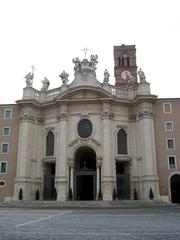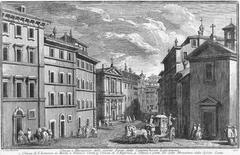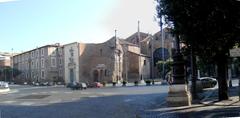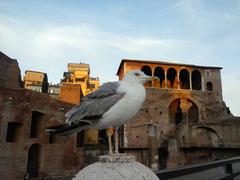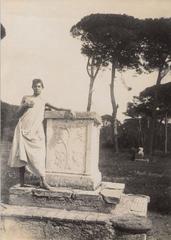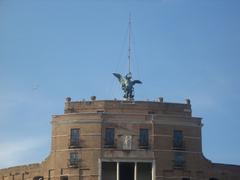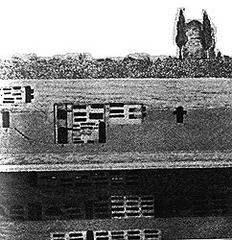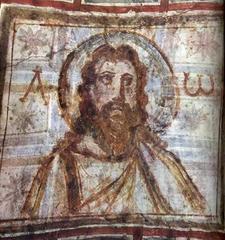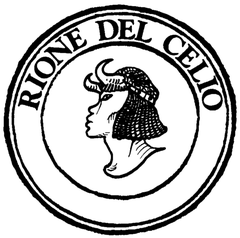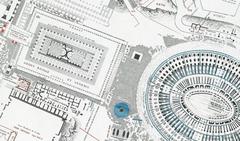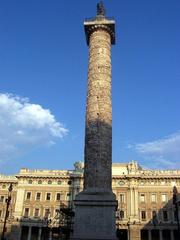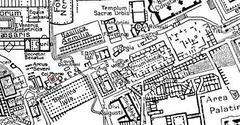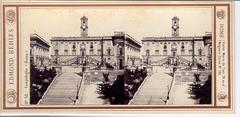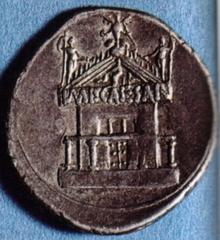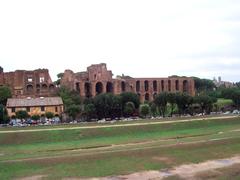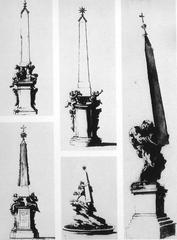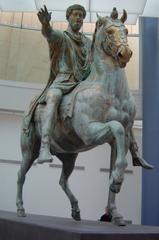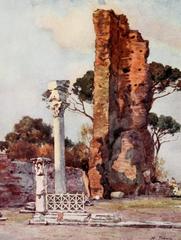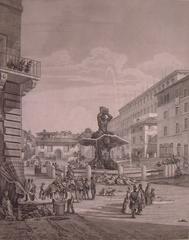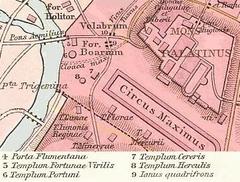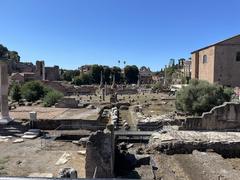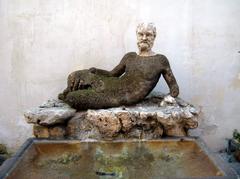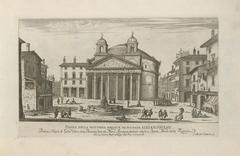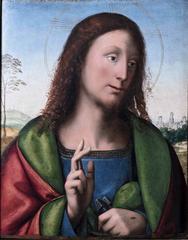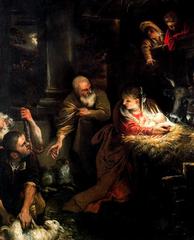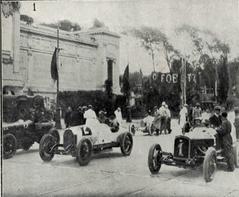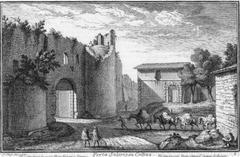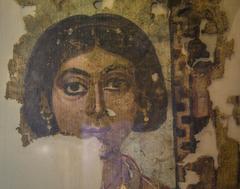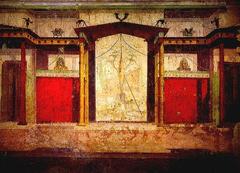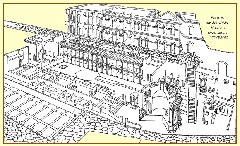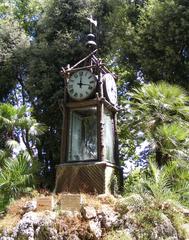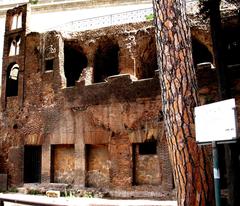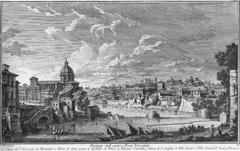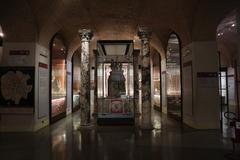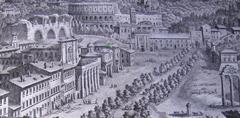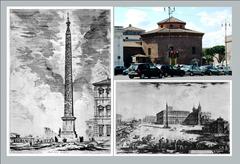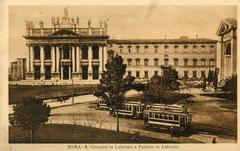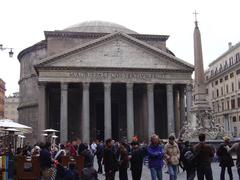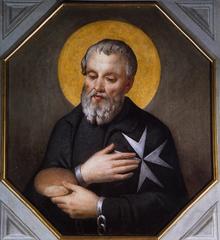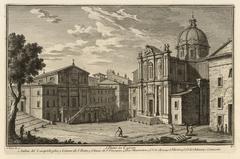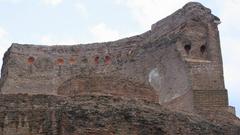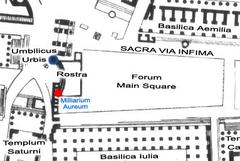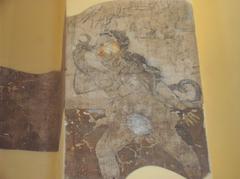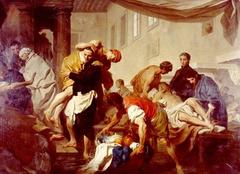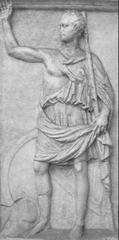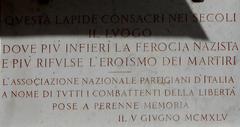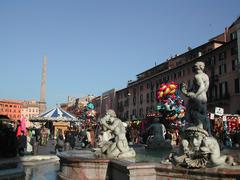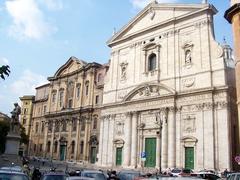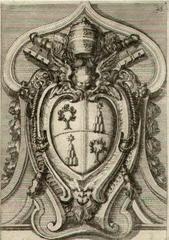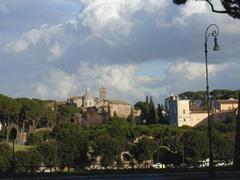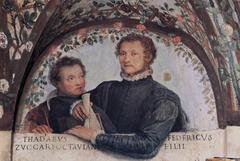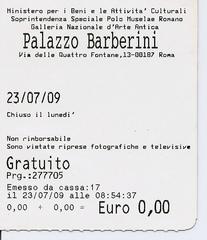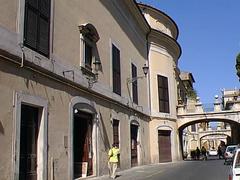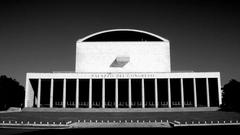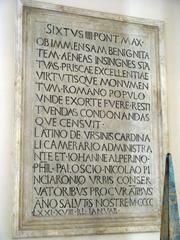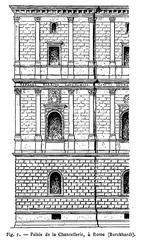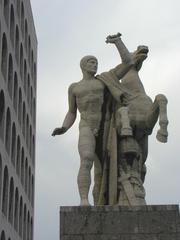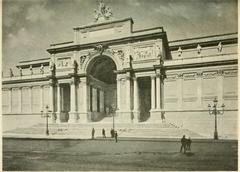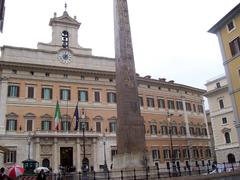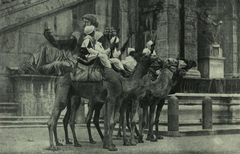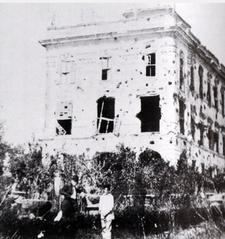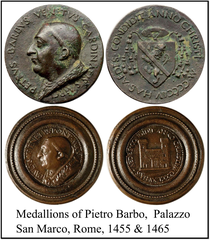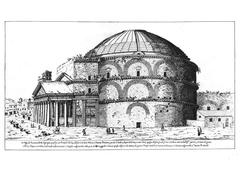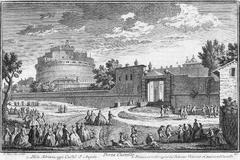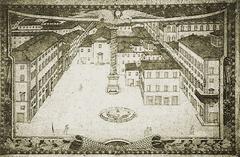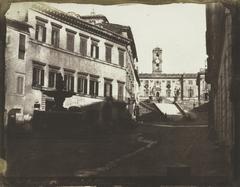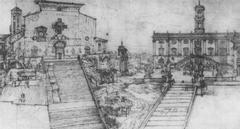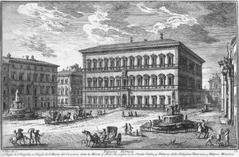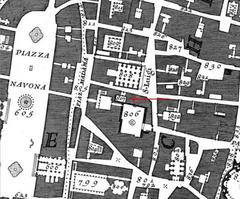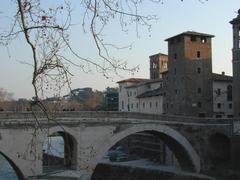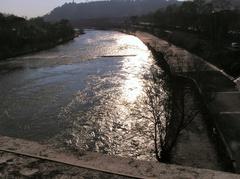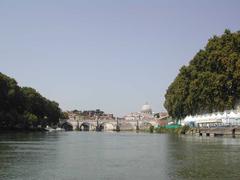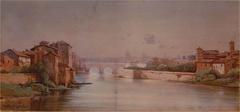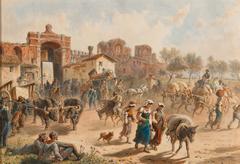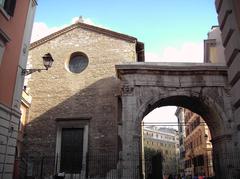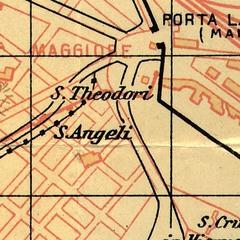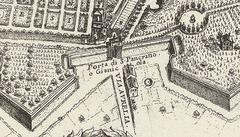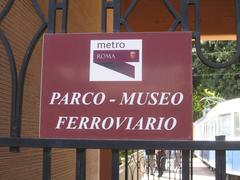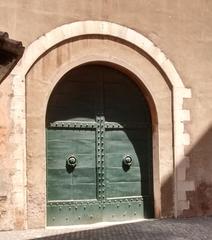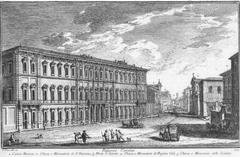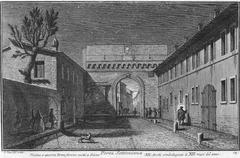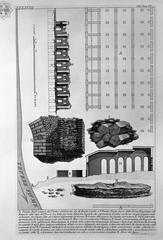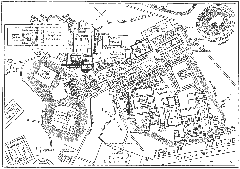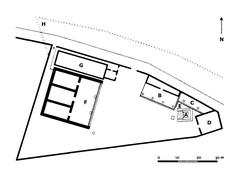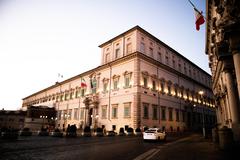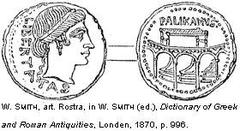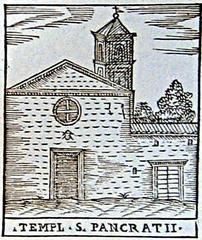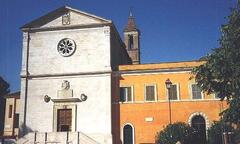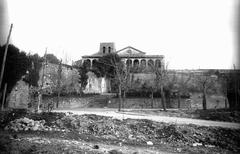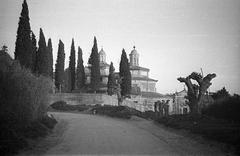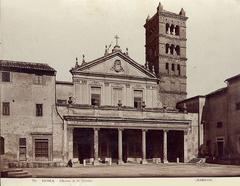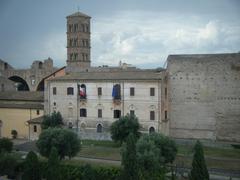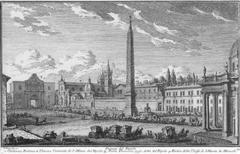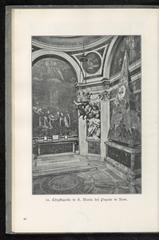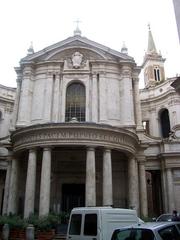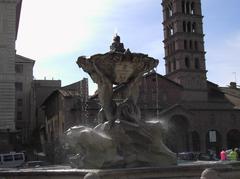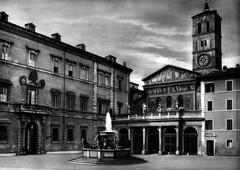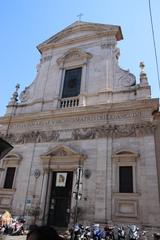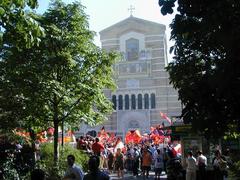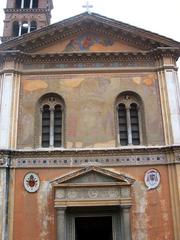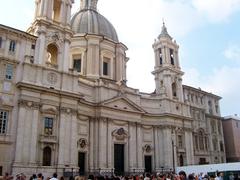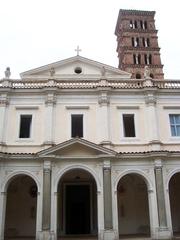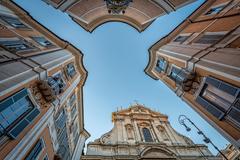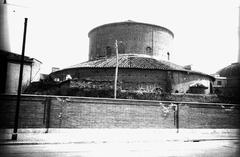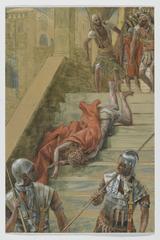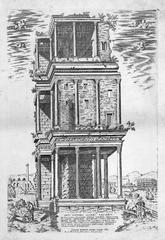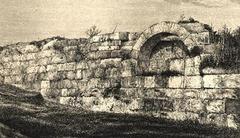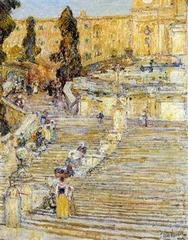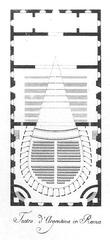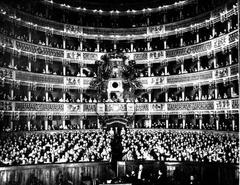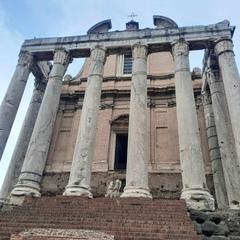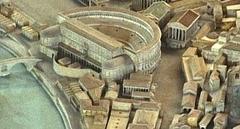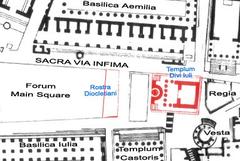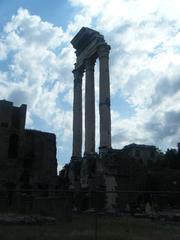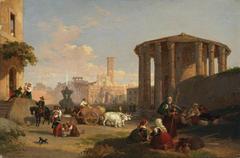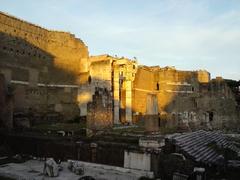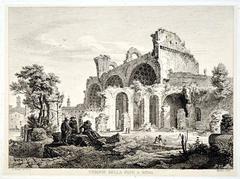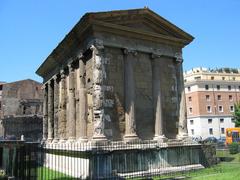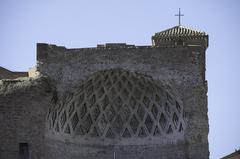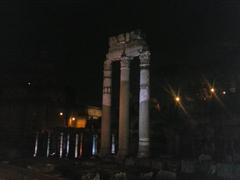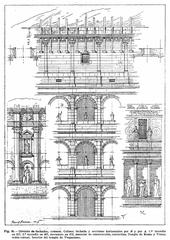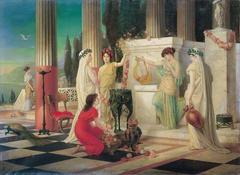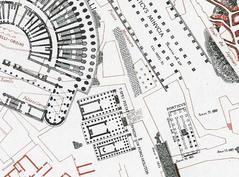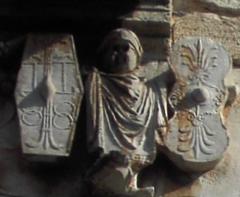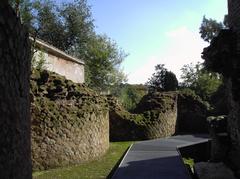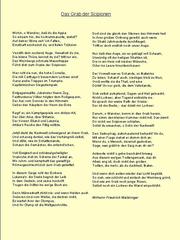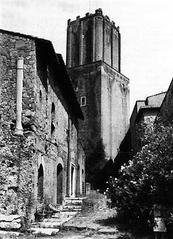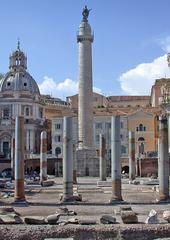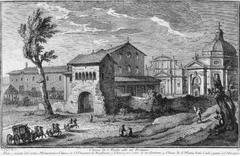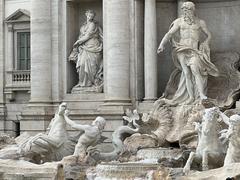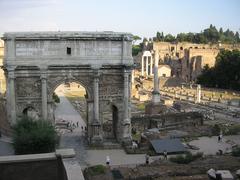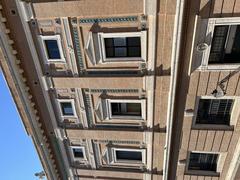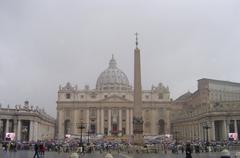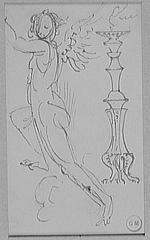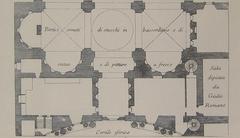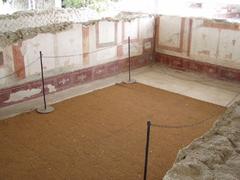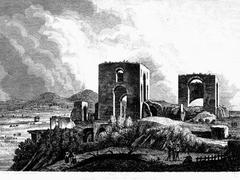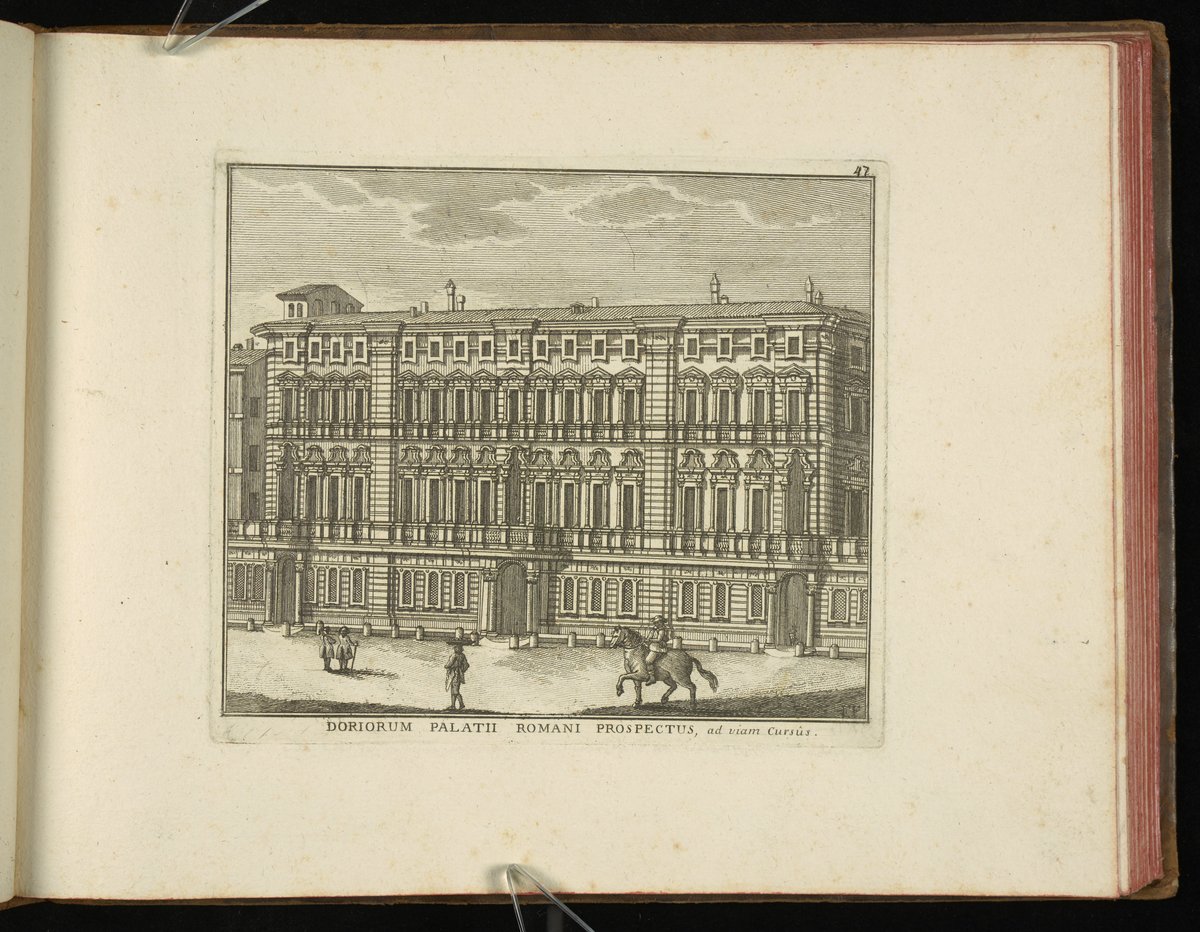
Visiting Palazzo Doria Pamphilj: Hours, Tickets, and History
Published Date: 18/07/2024
Discover the beauty and history of Palazzo Doria Pamphilj, a must-visit historical site in Rome.
Nestled in the bustling heart of Rome, the Palazzo Doria Pamphilj represents a monumental testament to the city’s rich cultural and historical tapestry. This magnificent palace, steeped in centuries of history, offers visitors not only an architectural marvel but also an unparalleled journey through the realms of art and nobility. The Doria Pamphilj family, whose lineage and influence have significantly shaped Rome’s artistic and political landscape, amassed one of the largest private art collections in the city, featuring masterpieces by artists like Caravaggio, Raphael, and Titian. The Palazzo itself, evolving from a modest 15th-century residence to a grandiose edifice, mirrors the family’s rise and their enduring legacy. For those planning to explore this historical gem, understanding its extensive heritage and preparing for the visit are crucial. This guide delves into the Palazzo’s storied past, its architectural splendor, and vital visitor information to ensure a memorable experience (source).
Table of Contents
- Introduction
- A Legacy Forged in Stone and Marble - The Doria Pamphilj Family
- Visitor Information - Palazzo Doria Pamphilj Visiting Hours and Tickets
- Travel Tips and Nearby Attractions
- Navigating the Shifting Sands of Time
- A Legacy Preserved - The Palazzo Today
- FAQs about Palazzo Doria Pamphilj
- Conclusion
- Sources
Exploring Palazzo Doria Pamphilj - History, Visiting Hours, and Tickets
Introduction
Nestled in the heart of Rome, the Palazzo Doria Pamphilj is a historic and cultural gem that offers visitors a captivating journey through time. This article delves into the rich history of the Doria Pamphilj family, the architectural marvel of the Palazzo, and essential visitor information such as visiting hours, ticket prices, and travel tips. Join us as we explore one of Rome’s most cherished historical sites.
A Legacy Forged in Stone and Marble - The Doria Pamphilj Family
The Palazzo Doria Pamphilj, a silent sentinel in the bustling heart of Rome, whispers tales of a lineage deeply intertwined with the city’s fate. To truly appreciate its grandeur, one must delve into the history of the Doria Pamphilj family, a name synonymous with power, patronage, and artistic splendor.
From Genoa’s Shores to Rome’s Heart
The Doria family, originating from the maritime republic of Genoa, rose to prominence through naval prowess and shrewd political maneuvering. Their influence reached its zenith with Admiral Andrea Doria (1466-1560), a figure often credited with liberating Genoa from French domination and shaping its destiny as an independent republic. His legacy, built on maritime strength and strategic alliances, laid the foundation for the family’s future endeavors.
The Pamphilj family, in contrast, traced their roots to Rome. Their ascent began in the 16th century, marked by a blend of entrepreneurial acumen and papal favor. Giovanni Battista Pamphilj, elected Pope Innocent X in 1644, significantly elevated the family’s standing. His papacy, though relatively short, witnessed a surge in the family’s wealth and influence, further solidified by strategic marriages.
The Union that Built a Palace
The union of the Doria and Pamphilj families in 1671, through the marriage of Giovanni Andrea III Doria and Anna Pamphilj, marked a pivotal moment. This strategic alliance, orchestrated to consolidate power and wealth, led to the creation of the Doria Pamphilj name and the merging of their vast fortunes.
The construction of the Palazzo Doria Pamphilj, however, was not a singular event but rather a continuous process spanning several generations. It began in the 15th century as a more modest residence for the Doria family. Subsequent expansions and renovations, fueled by the combined wealth and ambition of the Doria Pamphilj, transformed it into the architectural marvel we see today.
Patrons of the Arts - Shaping the Artistic Landscape of Rome
The Doria Pamphilj family, throughout their reign, distinguished themselves as ardent patrons of the arts. Their patronage, driven by a desire to showcase their power and cultivate a legacy that transcended generations, left an indelible mark on Rome’s artistic landscape.
The family’s art collection, housed within the Palazzo, stands as a testament to their discerning taste and the era’s artistic brilliance. Masterpieces by renowned artists like Caravaggio, Titian, and Raphael grace the walls, offering a glimpse into the artistic trends and the family’s influence on the art world.
Visitor Information - Palazzo Doria Pamphilj Visiting Hours and Tickets
Planning a visit to the Palazzo Doria Pamphilj? Here is essential information to help you make the most of your trip:
- Visiting Hours: The Palazzo is open daily from 9:00 AM to 7:00 PM. The last entry is at 6:00 PM. It’s recommended to check the official website for any changes or special closures.
- Ticket Prices: General admission tickets are priced at €12.00 for adults, with discounts available for students, seniors, and children. Tickets can be purchased online or at the entrance.
- Guided Tours: Guided tours are available and offer a deeper insight into the Palazzo’s history and art collection. Booking in advance is recommended.
- Special Events: The Palazzo hosts various special events, including concerts and exhibitions. Check the official website for the latest schedule.
Travel Tips and Nearby Attractions
- Location: The Palazzo Doria Pamphilj is located on Via del Corso, one of Rome’s most important thoroughfares, making it easily accessible by public transport.
- Photography: The best photographic spots include the grand ballroom, the frescoed halls, and the enchanting gardens. Photography is allowed but flash usage is restricted.
- Nearby Attractions: Combine your visit with nearby attractions such as the Pantheon, Piazza Venezia, and the Trevi Fountain for a full day of exploration.
Navigating the Shifting Sands of Time
The Doria Pamphilj family, like many noble families, faced their share of challenges. The unification of Italy in the 19th century and the subsequent decline of the aristocracy led to a shift in their fortunes. However, their legacy, embodied in the Palazzo and its art collection, remained largely intact.
Today, the Palazzo Doria Pamphilj, under the stewardship of the Prince Doria Pamphilj, continues to stand as a testament to the family’s enduring legacy. It serves as a cultural institution, offering visitors a glimpse into the lives of one of Rome’s most influential families and the artistic treasures they amassed over centuries.
A Legacy Preserved - The Palazzo Today
The Palazzo Doria Pamphilj, no longer a private residence, welcomes visitors from around the world, offering them a journey through time. Its opulent galleries, adorned with masterpieces, whisper tales of lavish receptions, political intrigue, and the family’s enduring passion for the arts.
The palace’s meticulously preserved interiors, from the grand ballroom to the private chapels, provide a tangible link to the past, allowing visitors to step back in time and experience the grandeur of Roman nobility. The meticulously maintained gardens, a tranquil oasis amidst the city’s hustle, offer a moment of respite and a glimpse into the leisurely pursuits of the aristocracy.
The Palazzo Doria Pamphilj, a treasure trove of art, history, and architectural splendor, stands as a testament to the enduring legacy of the Doria Pamphilj family. It serves as a reminder of their indelible mark on Rome’s cultural and artistic landscape, inviting visitors to explore the intertwined narratives of a family and the city they called home.
FAQs about Palazzo Doria Pamphilj
- What are the visiting hours? The Palazzo is open daily from 9:00 AM to 7:00 PM, with the last entry at 6:00 PM.
- How much do tickets cost? General admission is €12.00, with discounts available for students, seniors, and children.
- Are guided tours available? Yes, guided tours are available and highly recommended for a deeper understanding of the Palazzo’s history and art.
- Can I take photos inside the Palazzo? Yes, photography is allowed, but the use of flash is restricted.
- What nearby attractions should I visit? Consider visiting the Pantheon, Piazza Venezia, and the Trevi Fountain, all located within walking distance.
Visit and Stay Up to Date
For the latest updates, visiting hours, and ticket prices, visit the official website of Palazzo Doria Pamphilj. Follow us on social media for more insights and updates on special events and exhibitions.
Conclusion
Today, the Palazzo Doria Pamphilj stands not only as a monument to the glory and influence of the Doria Pamphilj family but also as a beacon of cultural and artistic heritage in Rome. Despite the vicissitudes of time and the shifting sands of political and social changes, the Palazzo remains a well-preserved sanctuary of history and art. Visitors are invited to traverse its opulent galleries, marvel at its extensive art collection, and immerse themselves in the narratives of power, patronage, and artistic brilliance that defined the Doria Pamphilj legacy. Whether it’s the dramatic works of Caravaggio, the serene compositions of Raphael, or the architectural elegance of the Palazzo itself, each visit promises to be a journey through time and a celebration of Rome’s rich cultural tapestry. As you plan your visit, consider the numerous nearby attractions like the Pantheon, Piazza Venezia, and the Trevi Fountain to enrich your experience further. The Palazzo Doria Pamphilj is more than a historical site; it is an enduring testament to the legacy of a family that significantly shaped Rome’s artistic and cultural landscape (source).
